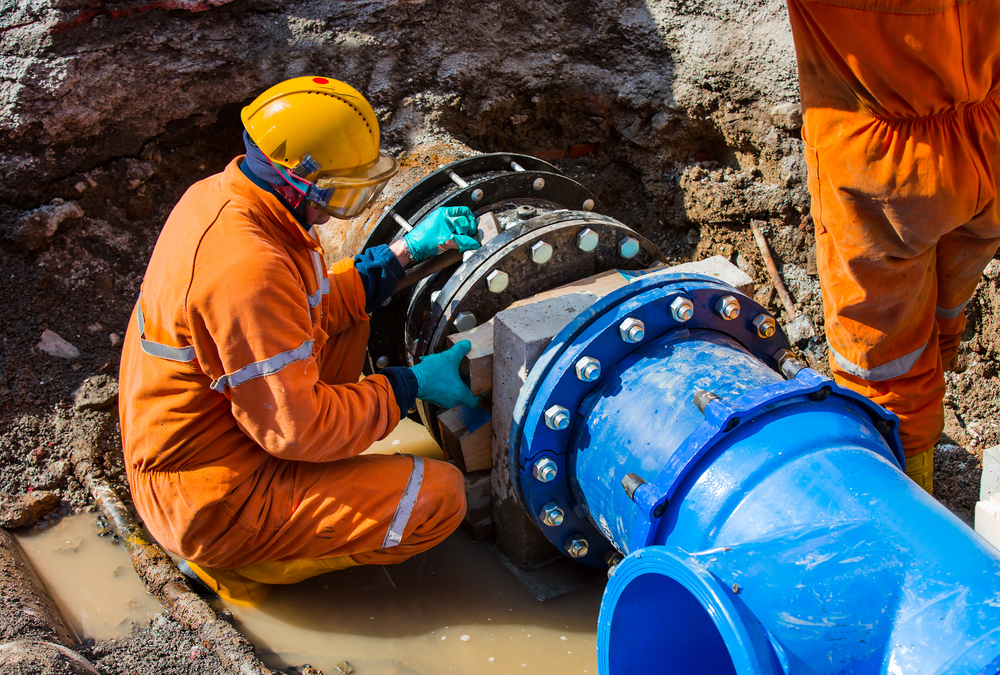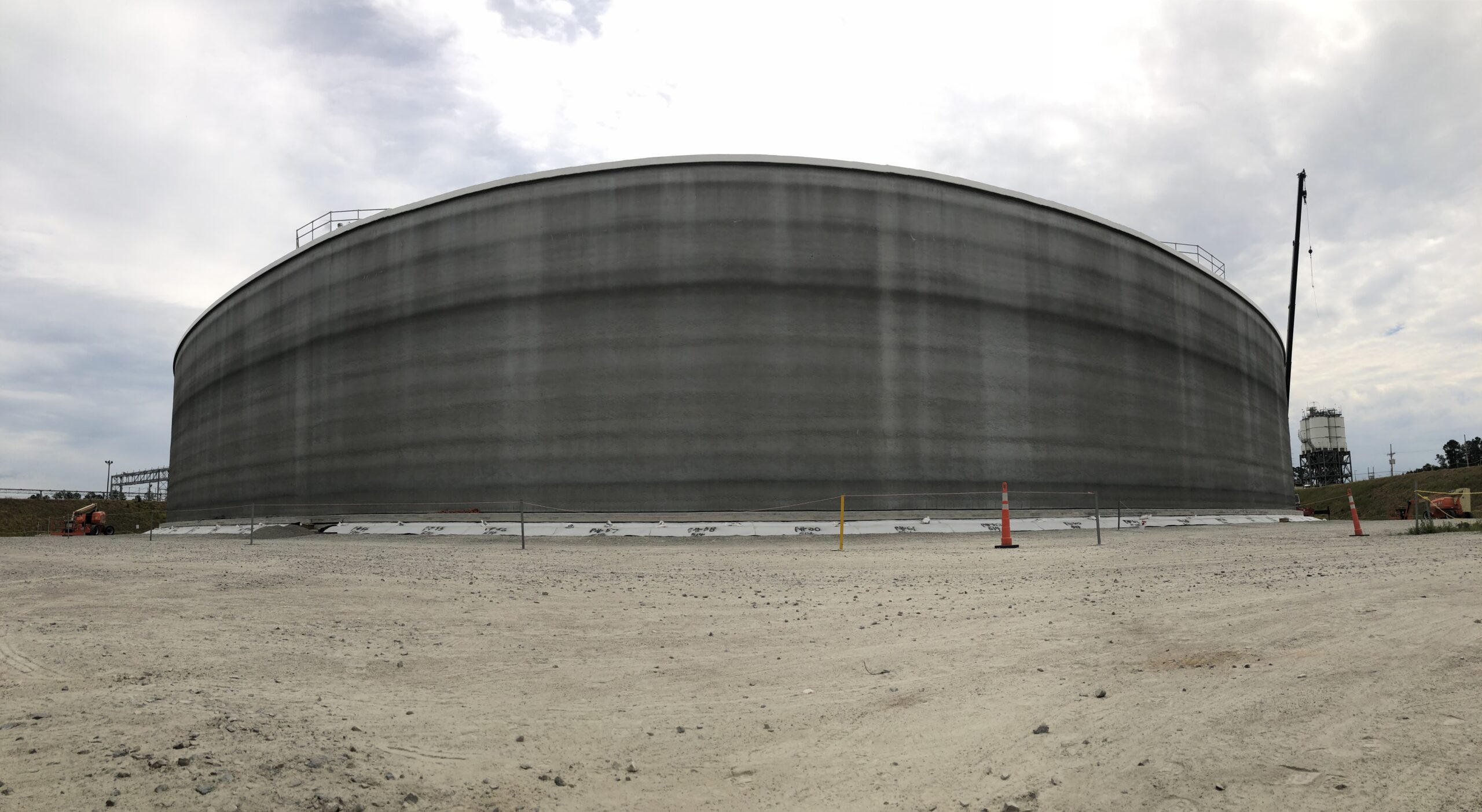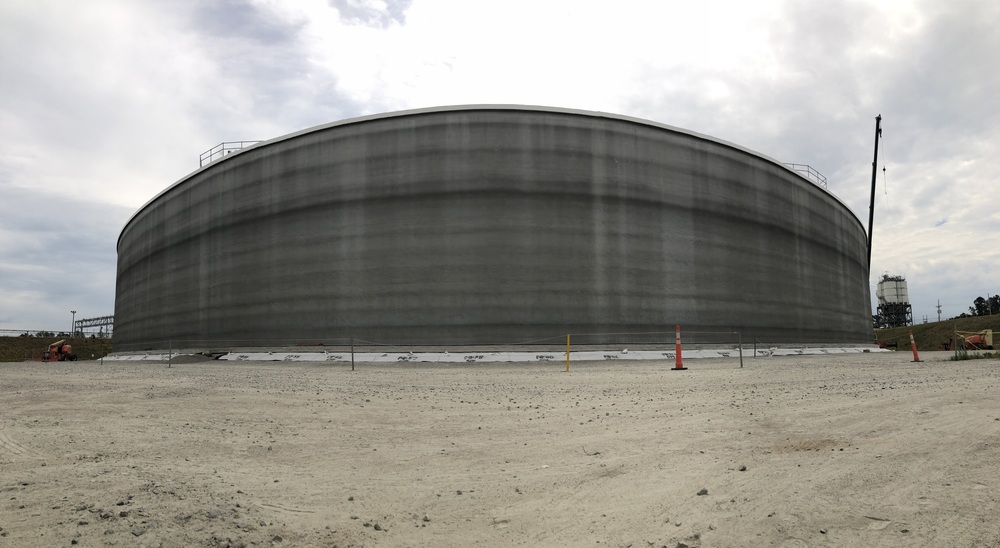
3 Strategies for Rubber Lining Weather Protection Against Extreme Temperatures
Rubber linings play a pivotal role in various industrial applications, serving as protective barriers for pipes, tanks, valves, and other machinery components. They shield from corrosion, abrasion, and chemical exposure.
However, extreme temperatures present significant challenges to the integrity of these linings. In cold environments, rubber materials can become stiff and brittle, leading to cracking and potential failure. High temperatures can cause thermal degradation, resulting in softening, blistering, or loss of mechanical properties.
We’re here to tell you everything you need to know about rubber lining weather protection.
Understanding the Impact of Extreme Temperatures on Rubber Linings
Understanding the effects of temperature extremes on rubber linings is crucial for maintaining their protective functions and extending your equipment lifespan.
Effects of Cold Temperatures
Exposure to extremely low temperatures can cause rubber materials to stiffen and become brittle, increasing the risk of cracking and potential failure. This brittleness occurs because cold temperatures reduce the flexibility of the polymer chains within the rubber, making it more susceptible to mechanical stress.
The specific temperature at which rubber becomes brittle varies depending on the material:
- EPDM (Ethylene Propylene Diene Monomer): Typically remains flexible to approximately -40°F (-40°C). Below this, it may harden and lose elasticity, leading to potential damage.
- Silicone Rubber: Depending on the specific formulation, it can remain flexible down to -100°F (-73°C) or lower.
- Nitrile Rubber (NBR): Generally maintains flexibility down to -30°F (-34°C). Below this threshold, it becomes increasingly brittle.
Effects of High Temperatures
Elevated temperatures can lead to thermal oxidation, which degrades rubber linings. This process may cause softening, blistering, or a loss of mechanical properties, compromising the lining’s protective capabilities. Prolonged heat exposure accelerates these deteriorative effects, reducing the rubber lining’s service life.
The maximum service temperature varies by rubber type:
- EPDM: Suitable for continuous use up to approximately 300°F (149°C). Beyond this, degradation becomes more likely.
- Silicone Rubber: Depending on the formulation, it can withstand temperatures up to 480°F (250°C) or higher.
- Nitrile Rubber (NBR): Suitable for continuous use up to around 250°F (121°C).
3 Strategies for Rubber Lining Weather Protection
Industries must take proactive steps to protect rubber linings from extreme temperatures to ensure they maintain their protective properties.
1. Select Appropriate Rubber Materials:
- Chlorobutyl: Offers excellent heat resistance and low gas permeability, making it ideal for high-temperature applications.
- Hypalon (CSM – Chlorosulfonated Polyethylene): Provides superior resistance to UV radiation, ozone, and chemicals, suitable for prolonged outdoor exposure.
- Neoprene: Balances heat resistance and durability, commonly used where moderate temperature fluctuations occur.
- Silicone Rubber: Excels in both high and low temperatures, maintaining flexibility across a broad temperature range.
- EPDM: Resistant to UV rays and extreme temperatures, making it suitable for long-term outdoor applications.
2. Implement Proper Storage Practices:
- Shield from Sunlight and Ozone:
- UV radiation and ozone can cause degradation. Avoid exposing rubber linings to direct sunlight or outdoor weathering for extended periods.
- Store rubber-lined equipment indoors or use protective coverings to shield them from environmental factors.
- Maintain Temperature-Controlled Storage:
- Keep rubber lining storage areas at stable, moderate temperatures to prevent thermal stress.
- Avoid sudden temperature changes to prevent rubber cracking or other damage.
3. Conduct Regular Maintenance:
- Perform Routine Inspections:
- Schedule regular visual inspections to identify early signs of damage, such as surface cracks or blisters.
- ASME generally recommends inspections at regular intervals, typically ranging from one to five years.
- Use appropriate testing methods, like spark testing, to detect pinhole leaks or subsurface issues.
- Apply Preventive Measures:
- Apply protective coatings or paints to enhance resistance against environmental factors, including UV radiation and ozone.
- Implement controlled rubber lining heat protection and rubber lining cold protection systems to maintain optimal operating temperatures and minimize thermal cycling effects.
Count On Comprehensive Rubber Lining Services by US RUBBER
For comprehensive solutions tailored to your specific needs, US RUBBER offers a range of services designed to enhance the durability and performance of your equipment. With expertise in rubber lining applications, we provide high-quality materials and professional installation to ensure optimal protection.
Our experienced field crews are available 24/7 for repairs and new tank linings, ensuring minimal downtime and prompt response to any issues. Our full-service shop is equipped with rubber line tanks, vessels, agitators, and other specialty items, providing versatile solutions for various industrial requirements.
When you partner with US RUBBER, you can rest assured that your equipment is well-protected, allowing you to focus on your operations with confidence.





